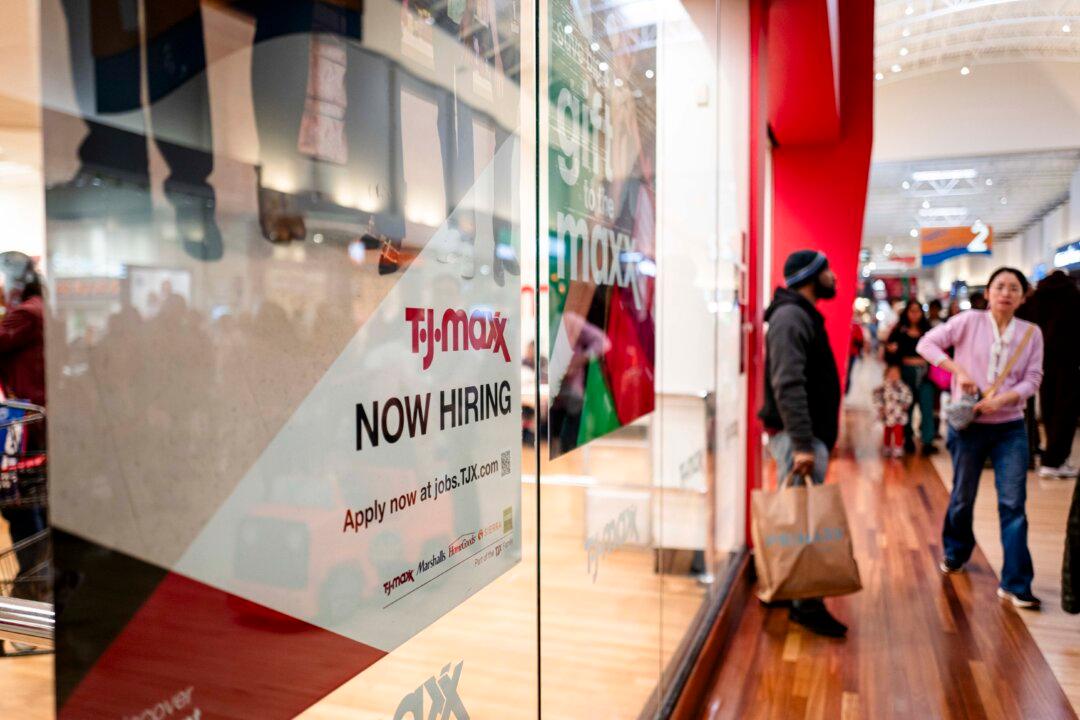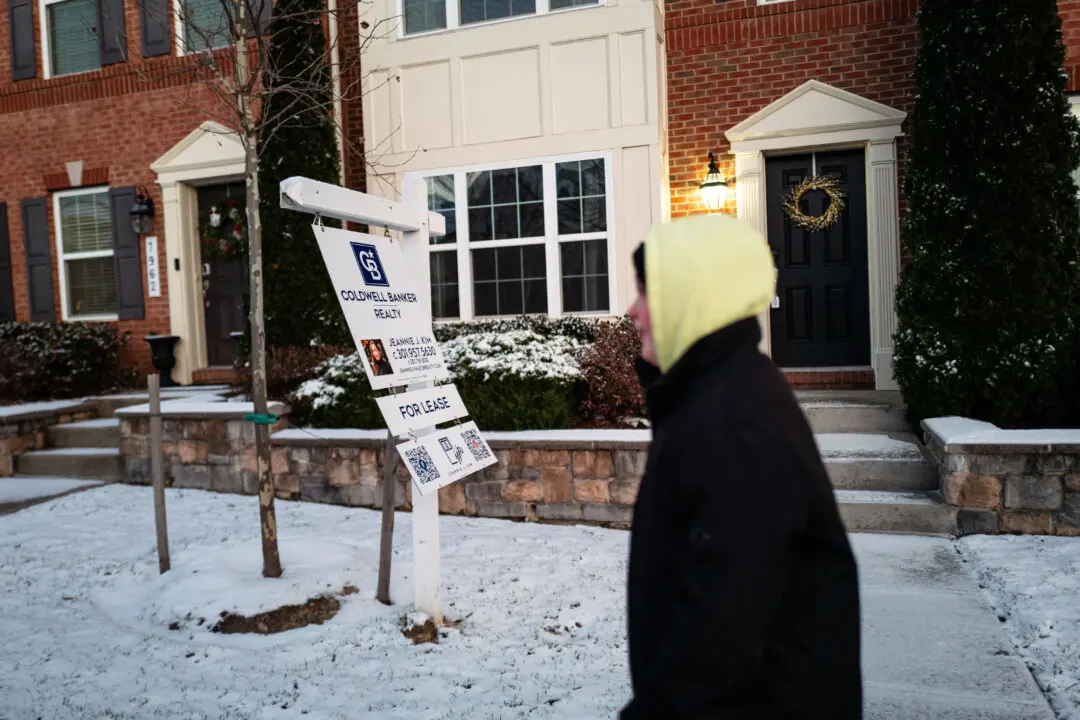In the Federal Reserve’s quest to fight inflation, the central bank could overtighten and create more risks for the U.S. economy, Fed Vice Chair Lael Brainard has warned.
Brainard said the institution is committed to reining in the near-40-year-high inflation that is hurting millions of low-income Americans, she said at the Clearing House and Bank Policy Institute 2022 Annual Conference in New York on Sept. 7.





